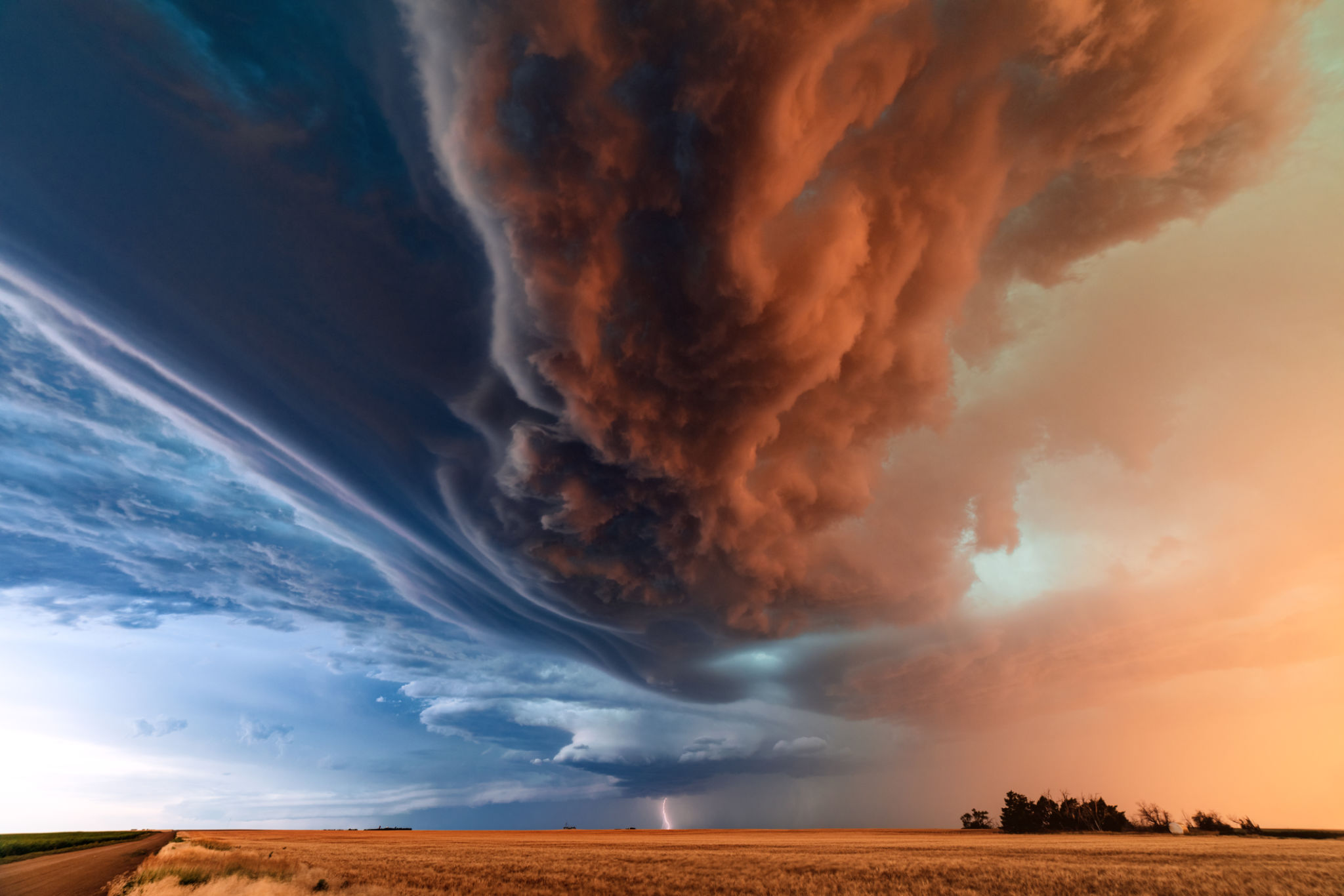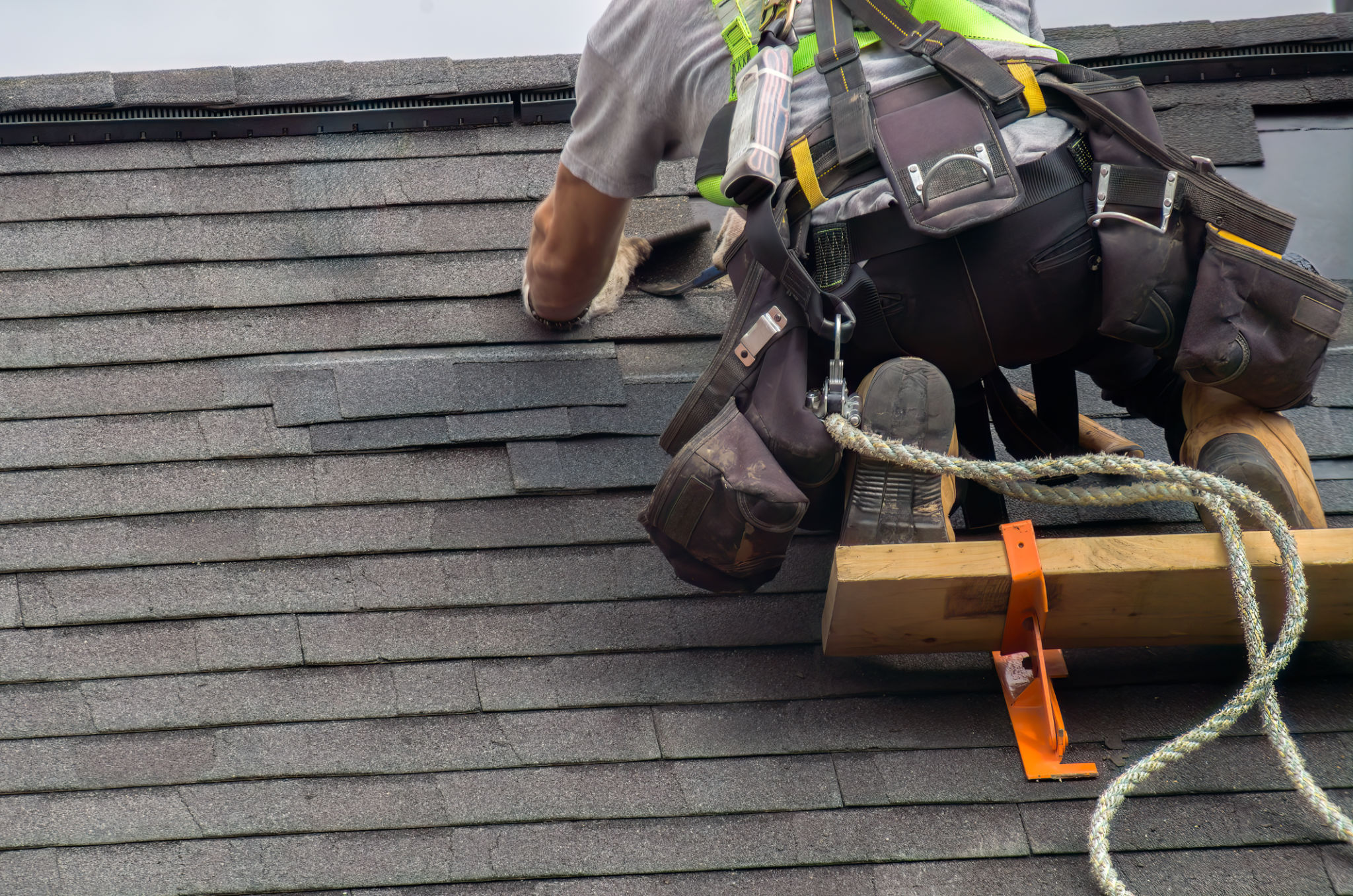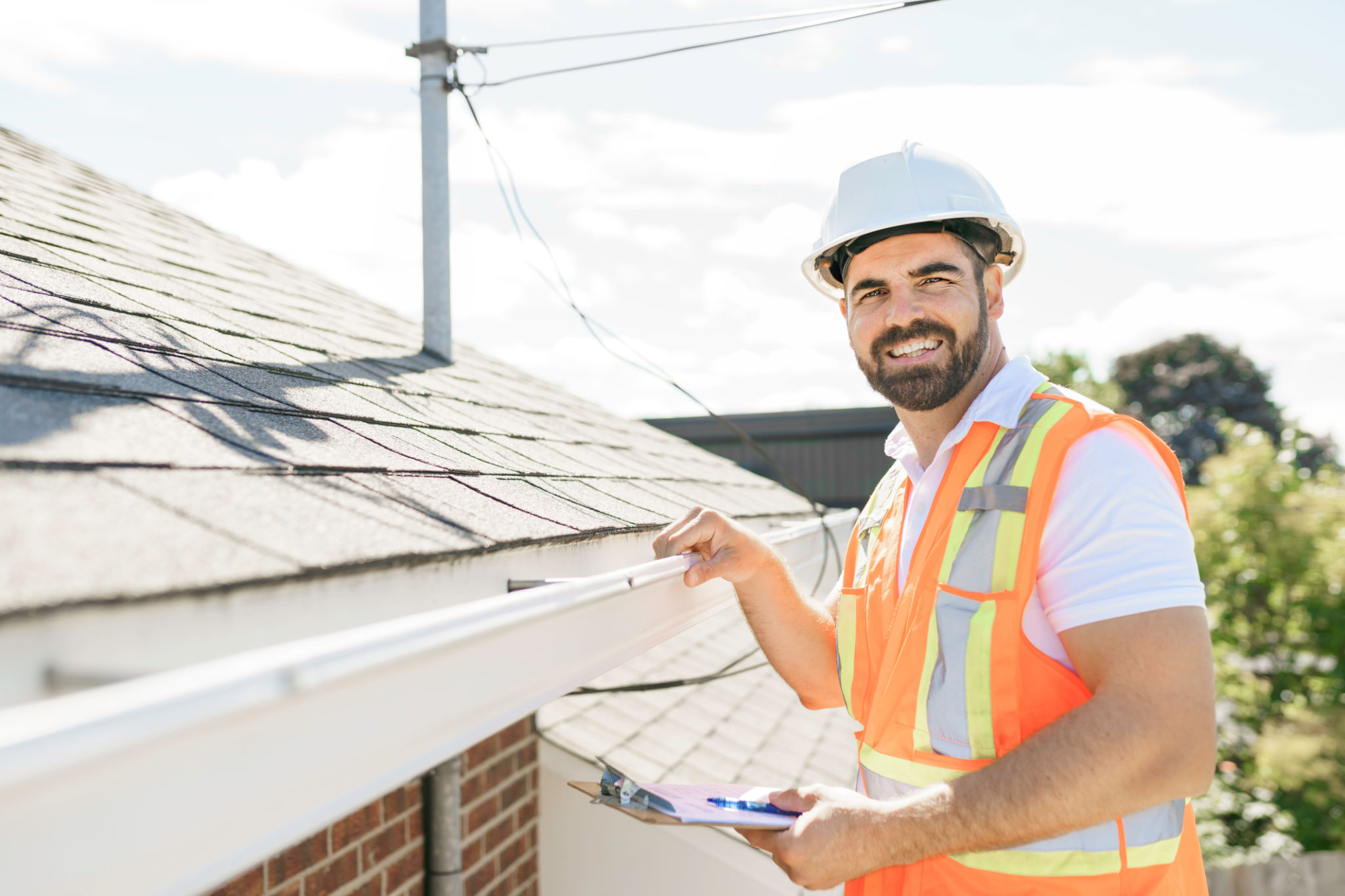The Impact of Midwestern Weather on Roof Longevity
Introduction to Midwestern Weather
The Midwest is known for its diverse and often unpredictable weather patterns. From harsh winters with heavy snowfall to sweltering summers, the region experiences a wide range of climatic conditions. These weather extremes have a significant impact on various aspects of daily life, including the longevity of roofs. Understanding how Midwestern weather affects roofing materials can help homeowners make informed decisions about maintenance and repairs.

Winter Challenges
Winters in the Midwest are characterized by cold temperatures, ice, and snow. These elements can place immense stress on roofs. The accumulation of snow adds weight, which can lead to structural damage over time. Ice dams, which form when snow melts and refreezes at the roof's edge, can cause water to back up under shingles, leading to leaks.
To mitigate these risks, it is crucial to ensure proper insulation and ventilation in the attic. This helps maintain a consistent roof temperature, reducing the likelihood of ice dam formation. Additionally, regular roof inspections during winter can help identify and address potential issues early.
Spring and Fall Considerations
The transitional seasons of spring and fall bring their own set of challenges. Spring often comes with heavy rainfalls that test the roof's ability to withstand water infiltration. Ensuring that gutters and downspouts are clear of debris is essential for effective water drainage.

In the fall, leaves and other debris can accumulate on the roof and in gutters, potentially leading to blockages. Regular cleaning is necessary to prevent water from pooling and causing damage. Performing a thorough inspection after the fall season can help prepare the roof for the upcoming winter.
Summer Heat Effects
While summer may seem like a less challenging season for roofs, the intense heat can cause significant wear and tear. High temperatures can lead to the expansion and contraction of roofing materials, which may result in cracks or warping. This is particularly true for asphalt shingles, which are common in the Midwest.
To combat the effects of summer heat, consider choosing light-colored roofing materials that reflect rather than absorb sunlight. This can help reduce heat absorption and improve energy efficiency. Additionally, ensuring proper attic ventilation can help regulate temperature and prolong the life of the roof.

Choosing Durable Roofing Materials
Given the varied weather conditions in the Midwest, selecting durable roofing materials is essential for longevity. Some homeowners opt for metal roofing, which is highly resistant to weather extremes and offers a longer lifespan compared to traditional shingles. Others may choose composite or rubber shingles that offer flexibility and durability.
- Metal Roofing: Known for durability and resistance to weather extremes.
- Composite Shingles: Offer flexibility and resilience.
- Rubber Shingles: Provide excellent resistance to cracking and warping.
Regular Maintenance Is Key
No matter the material chosen, regular maintenance is critical for maximizing roof longevity. Homeowners should conduct seasonal inspections, address minor repairs promptly, and schedule professional assessments periodically. By staying proactive, potential problems can be identified before they escalate into costly repairs.
In conclusion, understanding the impact of Midwestern weather on roofs helps homeowners take necessary precautions to extend their roof's lifespan. With the right materials and maintenance strategies, it's possible to protect your home from the region's diverse climatic challenges.
